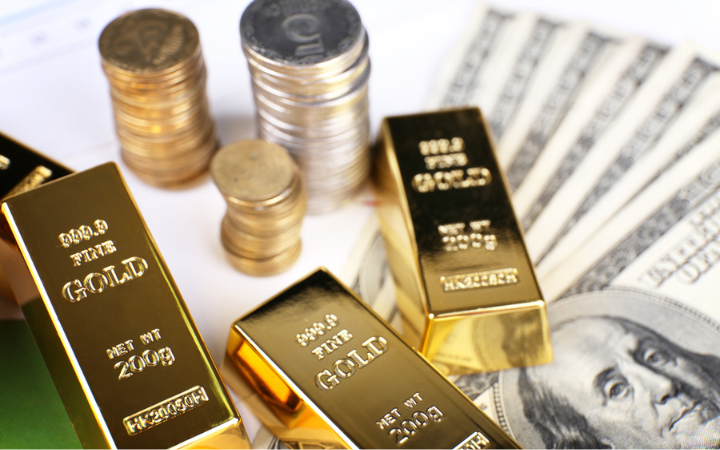Gold as a Strategic Inflation Hedge in 2024

Throughout 2024, gold regained prominence among institutional and retail investors alike as persistent inflationary pressures challenged traditional asset allocations. The enduring perception of gold as a store of value provided stability in a year marked by fluctuating commodity prices and geopolitical instability.
Central banks around the world significantly increased their gold reserves, seeking to diversify away from concentrated currency exposures. Emerging market economies, in particular, accelerated gold acquisitions as a means of reinforcing monetary resilience against volatile exchange rates and external shocks.
Meanwhile, investment flows into gold-backed exchange-traded funds (ETFs) surged. Analysts noted that gold ETFs recorded their strongest quarterly inflows since 2020, underscoring a revival of strategic demand rather than speculative interest. Institutional portfolios increasingly integrated gold as a core allocation to mitigate volatility across equities and fixed-income holdings.
Industrial demand for gold, particularly in advanced electronics and renewable energy technologies, also contributed to strengthening fundamentals. Despite rising production costs, mining companies maintained steady output, driven by sustained high spot prices and improved extraction technologies.
At the retail level, jewelry demand rebounded sharply, especially in Asia and the Middle East, where cultural affinity for gold remains deeply rooted. This resurgence added another layer of support to global gold markets, creating a diversified demand base beyond investment-driven buying.
Looking forward, economists suggest that gold’s role as a multi-functional asset—combining inflation protection, crisis hedging, and industrial utility—positions it favorably in an environment of uncertain economic recovery and evolving financial systems.
As digital finance expands and tokenized gold products become increasingly available, the accessibility of gold investment options may further enhance the metal’s strategic relevance for both traditional and next-generation investors.



